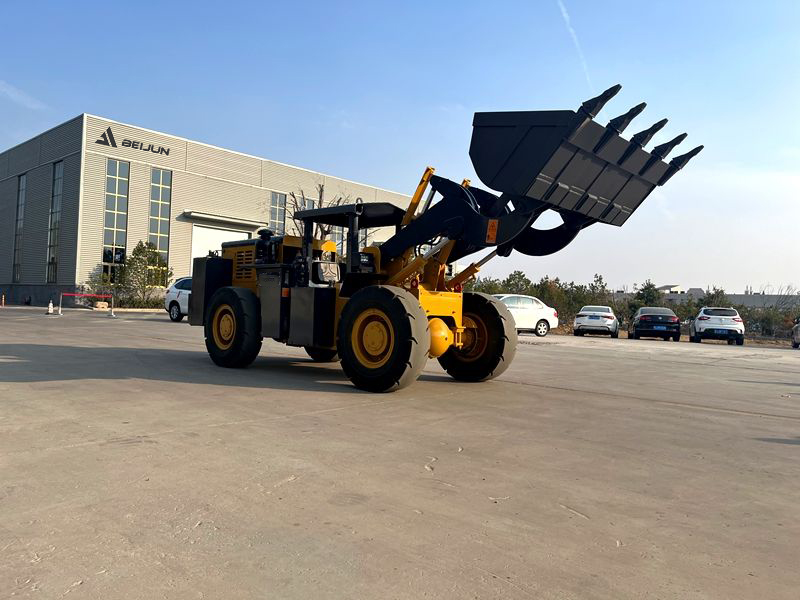Core Differences Between Wheel Loaders and Scrapers: Technology, Applications, and Industry Trends
In the construction machinery sector, wheel loaders and scrapers belong to earthwork equipment, but their design philosophies, functional positioning, and application scenarios differ significantly. With the integration of intelligent and green technologies, the technical boundaries and industry roles of both are undergoing profound changes.
I. Fundamental Differences in Core Functions and Structural Design
Wheel Loaders are optimized for short-distance efficient loading. Their front-end articulated buckets achieve rapid lifting and tilting via hydraulic systems, directly dumping materials into trucks or silos—ideal for heavy-duty scenarios like mines and ports. A key structural feature is the flexible combination of boom and bucket cylinders, enabling independent completion of the entire process: excavation-lifting-unloading—no external traction required.
Scrapers focus on integrated transportation, integrating four functions: soil scraping, loading, hauling, and unloading—boosting efficiency by 25% compared to traditional excavator-loader combinations. Core components include adjustable-depth buckets and enclosed transport carriages; some models (e.g., self-propelled scrapers) have independent power systems for efficient transport over 800–1,500 meters.
II. Precise Segmentation of Application Scenarios
Wheel Loaders excel in high-frequency, short-distance operations. For example, in mining, they quickly load blasted ore into trucks, with a single cycle taking minutes. Their versatility shines through attachments for tasks like bulldozing and lifting, making them construction sites’ all-rounders.
Scrapers specialize in long-distance, large-scale earthwork. In water conservancy projects, self-propelled scrapers can continuously excavate, haul, and fill soil—particularly suitable for embankment construction or foundation pit excavation over 800 meters. Their advantage lies in reducing intermediate transfers, cutting energy consumption and labor costs.
III. Quantitative Comparison of Efficiency and Economy
Efficiency: Wheel loaders peak at 0–300 meters, while scrapers dominate at 800–1,500 meters.
Economy: Wheel loaders have lower initial investment but higher long-term fuel costs. Scrapers (especially large self-propelled models) have higher purchase costs, but electrified models (e.g., LiuGong 862HE) consume only ~27–30 RMB/h with simpler maintenance.
IV. Technological Innovation: Intelligence and Greenization
Wheel Loaders are accelerating toward unmanned autonomy. Models can achieve continuous unmanned operation at mixing stations, with a loading efficiency of 410 tons/h.
Scrapers focus on remote control and precision. Semi-automated underground scrapers now autonomously weigh materials and optimize routes.
V. Industry Trends and Selection Recommendations
Future trends will emphasize scenario segmentation + technological integration:
Wheel Loaders: Miniaturization, intelligence, and new energy (e.g., electrification, hydrogen) for narrow-space operations.
Scrapers: Large-scale, unmanned operation driven by 5G + autonomous driving in mining and water conservancy.
Selection Tips:
Short-distance, high-frequency tasks: Prioritize wheel loaders, especially electrified models for energy savings.
Long-distance, high-volume projects: Opt for scrapers with intelligent systems.
Complex environments: Adopt a loader-scraper collaboration—e.g., loaders for loading, scrapers for long-haul transport in mine dumps.
The technological iteration and application innovation of wheel loaders and scrapers not only drive mining engineering efficiency but also mirror the industry’s inevitable shift toward intelligence and greenization. Together, their flexibility and transport efficiency form the core of modern infrastructure. As technical frontiers expand, these machines will increasingly complement each other, powering global construction innovation.




